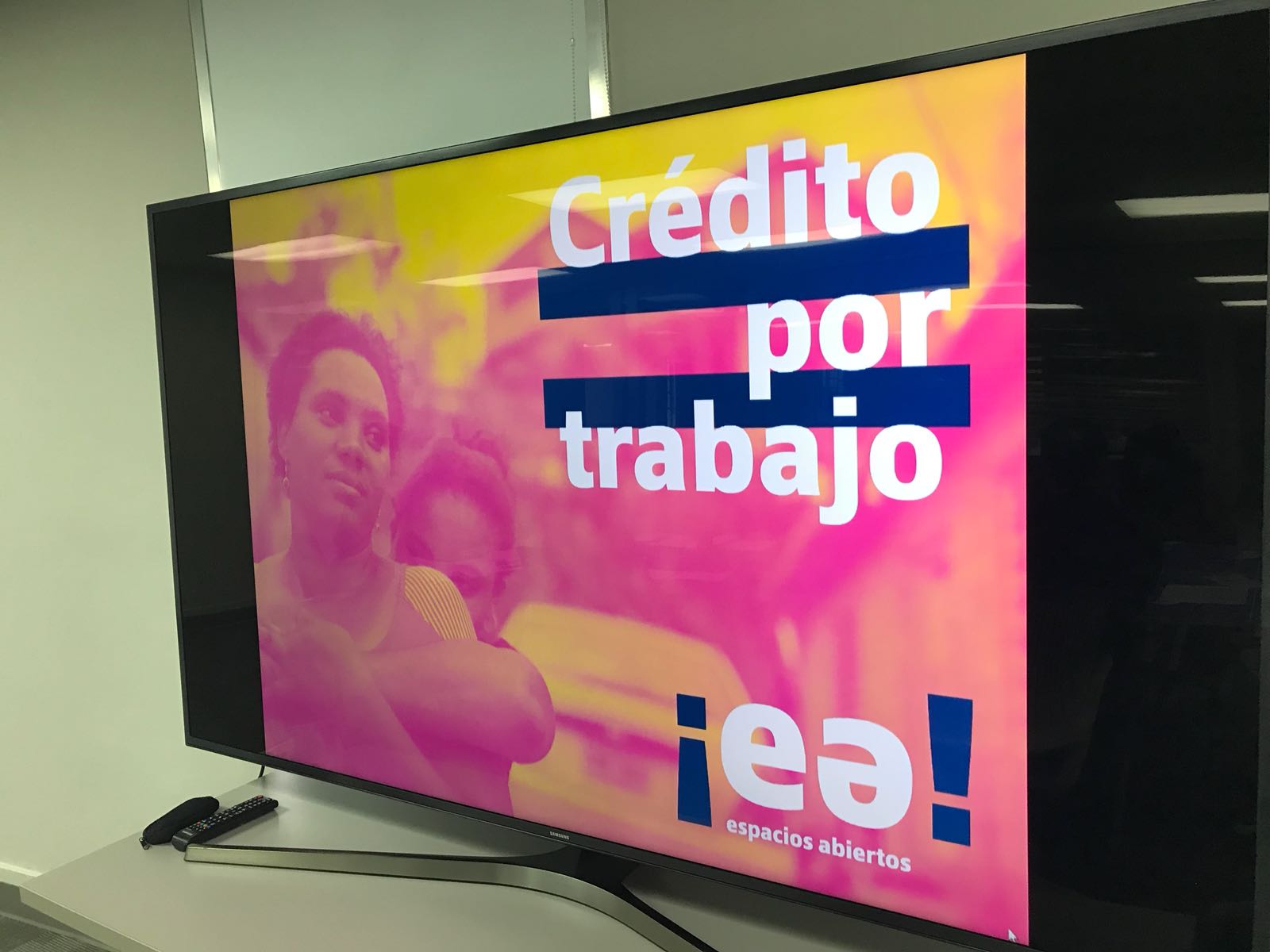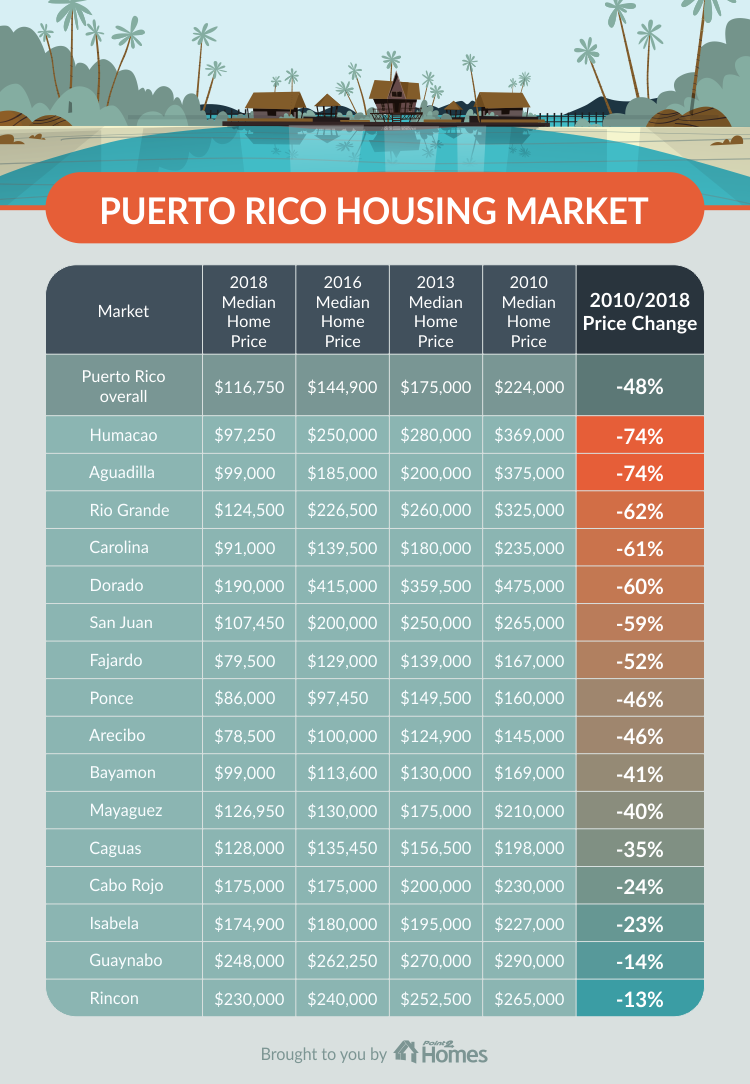PIA-PR presents top priorities during 16th FDA Regulatory Conference


Alonza Cruise
The Pharmaceutical Industry Association of Puerto Rico (PIA-PR) hosted the 16th FDA Regulatory Conference with nine speakers that presented top priorities for pharmaceutical manufacturing across the globe, new technologies as voice recognition and how to effectively transition from paper to mobile, among other key topics.
The meeting kicked off with a recognition to Puerto Rico employees. Alonza Cruise, director of the Federal Drug Administration’s Office of Pharmaceutical Quality Operations (OPQP), said FDA is committed to Puerto Rico which “remains strong and we will continue to partner and help the (local) industry.”
Cruise pinpointed to the importance of the Mutual Recognition Agreements (MRA) with European Union (EU) members and how a new Site Selection Inspection List (SSIL) is working. The FDA scope of work, which includes assessment of 28 EU member states, have already assessed 14, and now they can accept each other for surveillance inspections. The SSIL risk model is helping FDA do more reviews, and they are increasing the size of the assessment teams for surveillance inspections.
Lieutenant Commander John W. Diehl, compliance branch director of FDA’s OPQP, Division II, stressed the importance of data integrity. For him “quality control is the gatekeeper. You need to ensure that products meet specifications. Do testing yourself. Don’t rely on previous tests. Evaluate your suppliers.”
Diehl presented details on a new FDA’s “ORA Program Alignment,” implemented in 2017 that changed from geographical to a program-base structure for FDA’s employees to specialize in a particular commodity and better respond to today’s challenges. “We are still in infancy, but we need to keep pace with the industry and technologies. We are learning more to be in tune with what you (pharmaceuticals) are doing.”
Rod Hoffman, senior business analyst at AstraZeneca Pharmaceuticals, presented a voice directed technology case study from a manufacturing plant in Australia. Hoffman said this improvement have helped them achieve a right-first-time approach, more efficiency, data integrity and are perceiving less distractions from operators.
The technology from Honeywell known as Vocollet is able to pass real time and textual instructions to operators’ headsets for them to confirm step by step voice responses, and send the information to a PAS/X platform, which remains as the primary and only electronic record since No data is stored in the Voice solution.
David Twohig, a partner in Enterprise System Partners, presented the transition from paper to electronic batch record. He outlined the steps needed: From paper to parameter classification (what is really important) to business risk assessment (focus on reporting), and then to the framework (what you really need).
“If you have a 100-page report it could be difficult to focus on the areas that are relevant. Refocus on higher risk items! If you are asking yourself whether to integrate and upgrade a system, rely on these steps: Identify the business process, determine the GMP relevance and outline the business benefits and efforts,” he advised.
Anthony Mire-Sluis, head of Global Quality at AstraZeneca Pharmaceuticals, drove his quality presentation towards the importance of simplification, people in the organization and the need for an-ever-present quality mind and mission.
“Protect the simplification mindset. It makes a big difference. Simplify SOPs. Focus on RELEVANT metrics. Understand your business. Share knowledge across networks. Simplify with a focus on operators and end users,” he said.
“At the end of the day, quality systems and quality controls are tight up to people. Use tablets for SOPs. You need knowledge sharing databases to transform internal and external cGMP information,” Mire-Sluis added.
Plants are smaller, built quicker
Ganesh Vedantham, executive director of Process Development at Amgen presented the importance of single use systems (SUS) in manufacturing for speed and flexibility, enablers of Amgen’s strategic imperatives, for example, patient focus and global presence.
“In 2009 a conventional facility was described as a 160,000 square-foot plant with $1 billion in capital investment and a 700 headcount. Now, it’s more flexible. It might be a 45,000 S/F plant with a $200 million investment and a 200 headcount,” he said.
“We started a plant in Singapore and it took half the time in construction and permissions, as compared to previous efforts. Single use systems were key to a flexible design in Amgen’s Singapore investment,” said Vedantham. The SUS means single use bioreactors, single use prep, hold and pool vessels, and a 95 percent reduction rate in surface areas that need to be cleaned, among others.
Vanessa Figueroa, a consultant for Quality Executive Partners, presented a new platform that is being developed to help associates within a manufacturing environment to understand the “why.”
She said with this tool you might be educated and trained to understand the “why” behind pharmaceutical manufacturing.
“A newcomer or even someone with repeated deviations can improve his/her subject by learning the techniques properly on a filling line, for example,” said Figueroa.
The Virtuosi technical courses will be 60 to 90 minutes long and will include a knowledge assessment at the end. You may learn more on aseptic techniques, air flow studies, environmental monitoring, facility cleaning, sterile testing or bacterial endotoxin testing, among others.
Two more presentations wrapped up the day’s agenda. First, Yleana Colon, scientist working with Janssen Ortho, LLC in Gurabo, Puerto Rico, elaborated on lessons learned on process analytical technology (PAT) and real time release for continuous manufacturing. She presented a case study on the importance of IPC in a blend model; then another case on blend model adequacy and how a blend monitor is dependent on fluid bed granulators. She provided advise and recommendations on several model optimization processes.
Andrew Bartko, senior scientists with Battelle, the world’s largest nonprofit science research and development organization, provided different initiatives mostly with water monitoring, and multiple tests needed on bacteria and fungus, among others.
Bartko presented projects as a contaminant monitoring system in a water loop with product formulation pathways and samplings installed in two different locations; how they are applying different algorithms and digital threat identification processes to look at cells and particles, and how they have developed a process for a liquid sample adapter with an at-line monitoring which mimics a large scale pharmaceutical facility.










